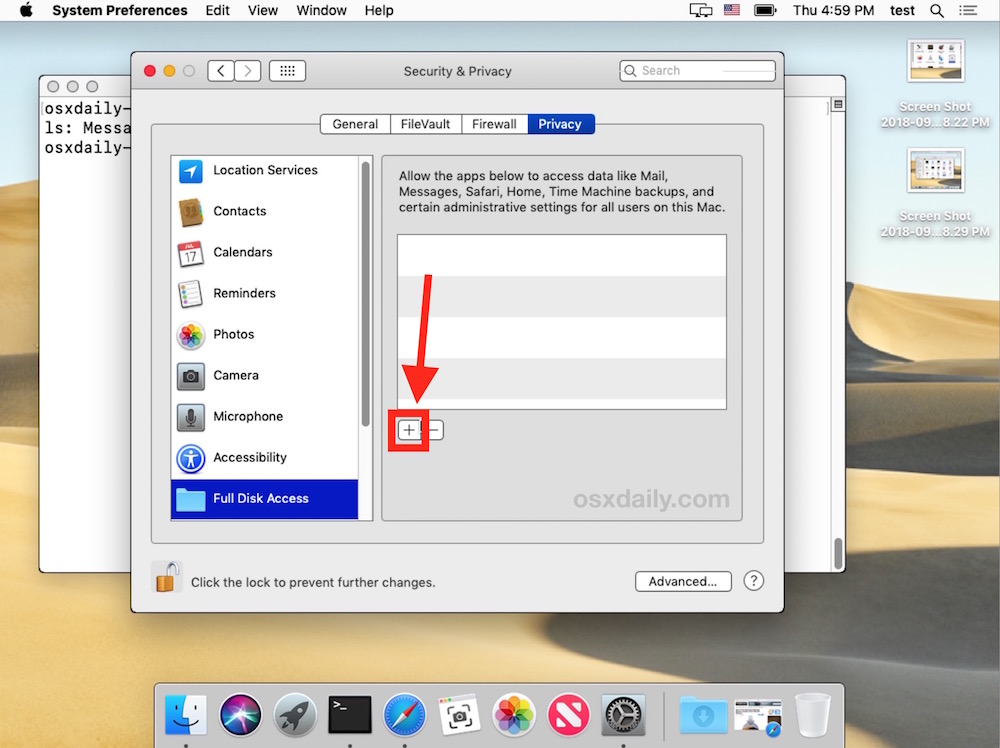
- #How to use terminal mac how to#
- #How to use terminal mac mac os#
- #How to use terminal mac install#
- #How to use terminal mac update#
- #How to use terminal mac software#
You’ll see the stats of your system updated in the Terminal window, including the memory, CPU and disk utilization. However, if you want to instantly inspect the top items on your Mac running and some simpler stats about your system utilization, you can run the top command by typing this into the Terminal: top On the Mac, there’s a handy utility called Activity Monitor that lets you inspect all sorts of system features and utilization across the CPU, memory, disk and more.
#How to use terminal mac how to#
How to view system utilization with the top Terminal command Note that because you’re piping the output directly to the clipboard, you will not see the text echoed into the Terminal window–it will be written to the clipboard instead, and you can paste it into any macOS app. This output will be piped into the pbcopy utility, which will replace the contents of the clipboard with the contents of that file–all without ever having to open the file, select all and copy. When you run this command, it will cat (echo the output of) the file called “myfile.txt” on the Desktop. In this example below, I’ll pipe the output to the clipboard of a file using the cat command on a file on the Desktop: cat ~/Desktop/myfile.txt | pbcopy With the Terminal, you can easily copy the contents of a file (or the output of any command) by piping the output of the command to pbcopy. If a restart is required after installation, you’ll be alerted that the restart is required to complete the install.įigure A How to copy output of a command with the pbcopy Terminal commandĪs a developer, I often open a file only to copy the contents of it and then close the file.
#How to use terminal mac install#
When you run this command, the utility will open, check for updates in the same manner as System Preferences, and then download and install them if any updates are found ( Figure A). Open Terminal and type the following command to check for, download, and install any available updates for your system: softwareupdate -i -a

This command, when passed two options, both downloads and installs the updates. To do this, I’ll utilize a command called softwareupdate.
#How to use terminal mac update#
If you want to update your Mac remotely via SSH, or you don’t want to go through the steps to open System Preferences and perform the updates, your Mac can also be updated directly through the Terminal. SEE: Windows, Linux, and Mac commands everyone needs to know (free PDF) (TechRepublic) How to update your Mac with the softwareupdate Terminal command You’ll type the commands into the Terminal and then press return to execute them. Find this application by opening the Finder and navigating to Applications | Utilities. To use these command-line tips, I utilize the Terminal application that ships with every copy of macOS–there’s nothing extra to install or download. Learn basic command-line tips that every Mac user and large businesses relying on and managing Macs should know.
#How to use terminal mac software#
This makes it easier for IT teams to manage devices running macOS because personnel can log in via SSH and run commands remotely to do things like install software or update Macs. Under the hood, macOS X has a Unix shell that lets you runs powerful command-line utilities. These are the basic macOS Terminal commands to know for updating a Mac, forcing an unresponsive Mac to shut down, finding the differences between files easily and much more. In this example, we ping the IP Address of our printer from our Mac to ensure it responds back and confirm network connectivity.Ģ.MacOS Terminal commands every Mac user should know If you are trying to troubleshoot network connectivity with a device on your local network, ping it.
#How to use terminal mac mac os#
Ping a Local Network Address in Mac OS Terminal Type ctrl + z to kill the ping command in Terminal. Ping responds back after resolving to 216.58.192.174. This will ping Google based on your Mac DNS servers. Open Terminal (Applications -> Utilities -> Terminal)Ģ.

In practical cases, pinging local devices on your network will almost always respond to ping unless your using a firewall.ġ.
/how-to-save-terminal-commands-on-a-mac-51877871-904e2096e704422ab3fd353574322dc9.jpg)
So, just because a network device does not respond to a ping never means the host is offline. Web servers, computers, and network devices sometimes block ping as a security measure.
/001_Mac_Terminal-820e672d6ed74bc690696f7de99c1255.jpg)
Note: You should never expect to ping a network device address and assume it will reply back.


 0 kommentar(er)
0 kommentar(er)
